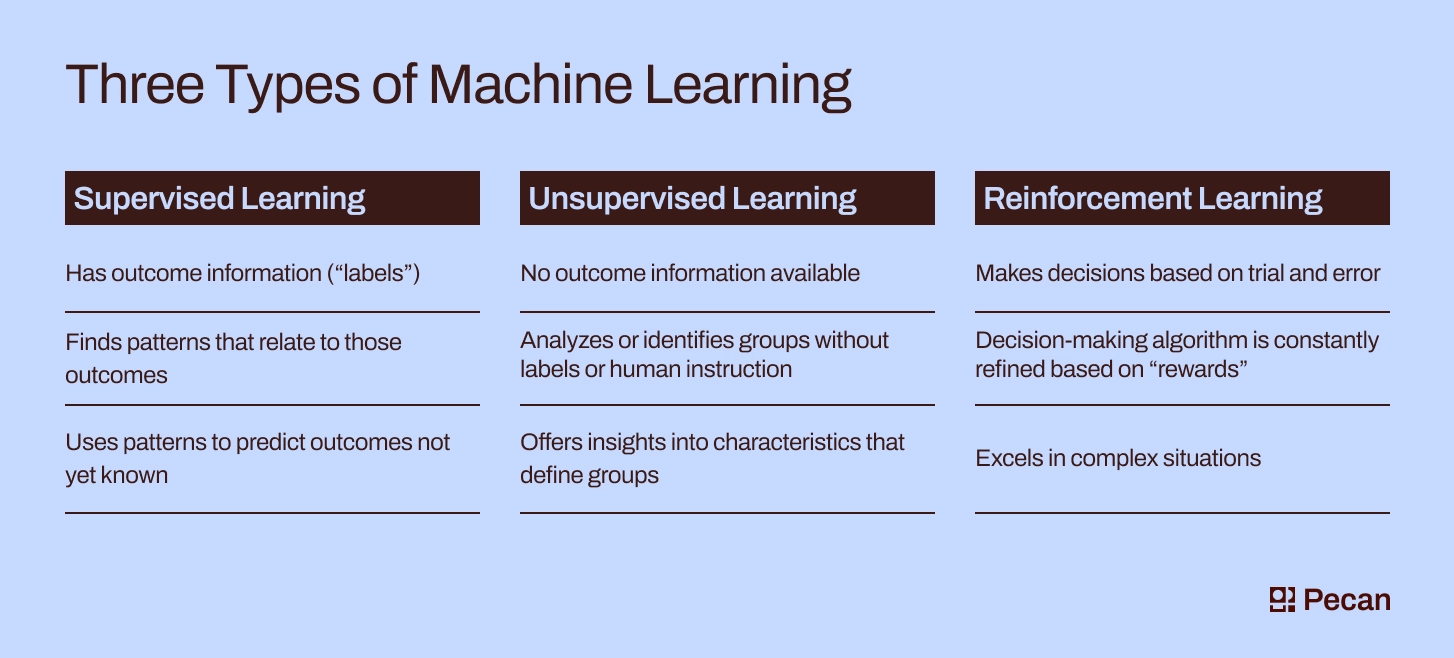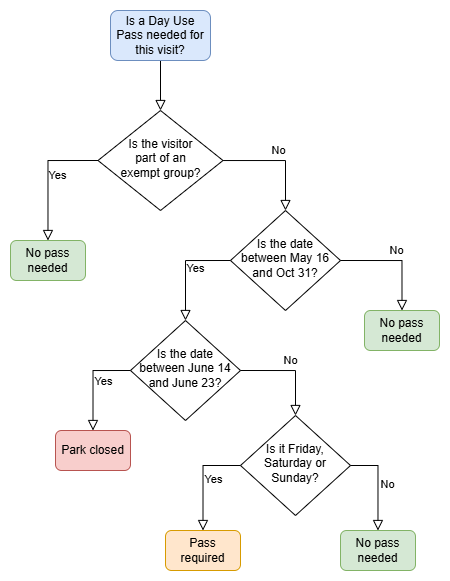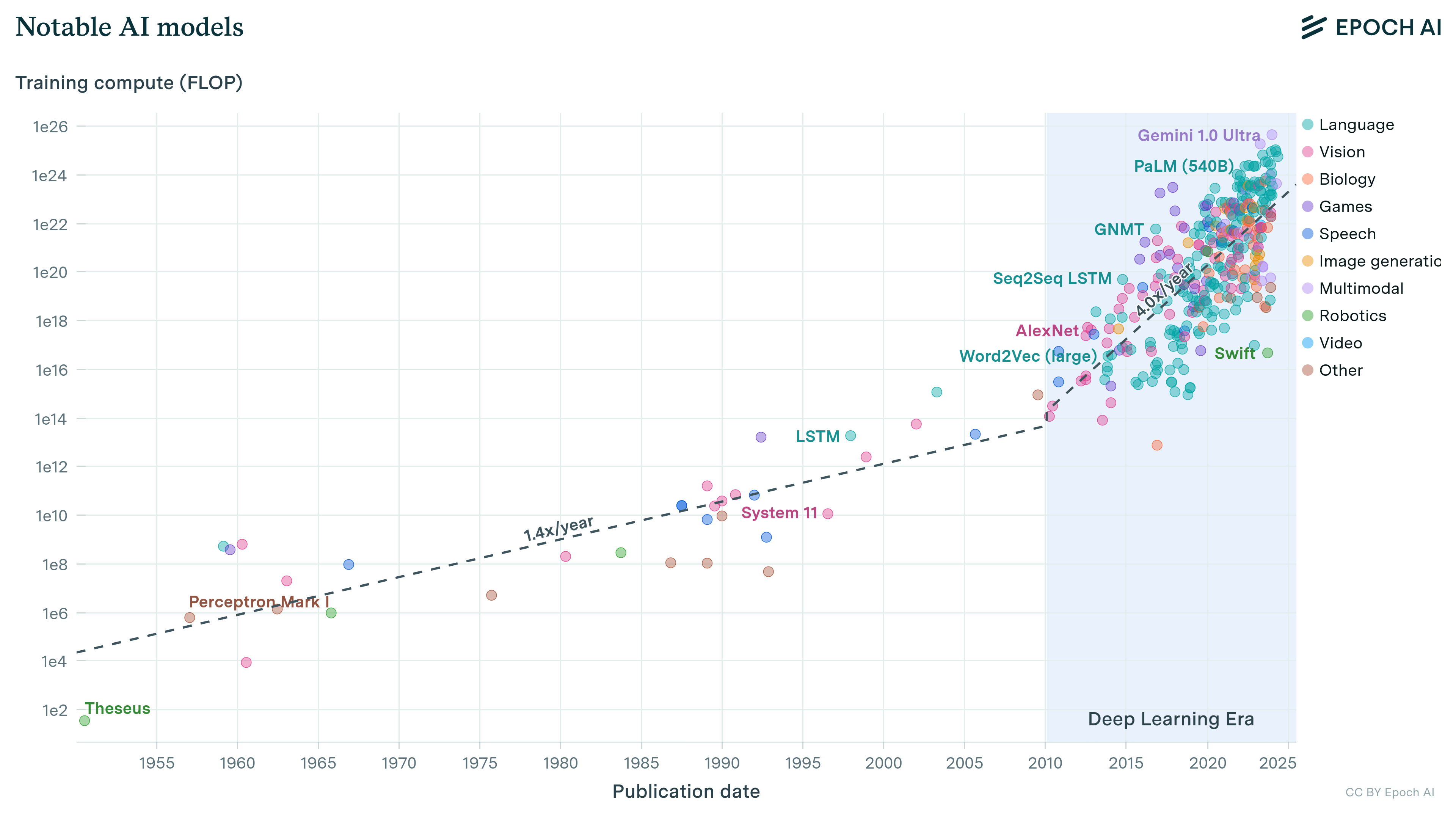Artificial intelligence, machine learning, deep learning, and neural networks represent distinct but interconnected technologies that form the foundation of modern intelligent systems. These terms are often used interchangeably, yet each represents a different level of complexity and capability in creating machines that can perform tasks typically requiring human intelligence.
The confusion surrounding these technologies stems from their hierarchical relationship and overlapping applications. Artificial intelligence serves as the broadest category, encompassing all attempts to create intelligent machines. Machine learning operates as a subset of AI, while neural networks provide the computational architecture, and deep learning represents the most advanced application of neural network technology.
Understanding the differences between these technologies has become essential as organizations across industries implement AI-powered solutions. Each approach offers distinct advantages and limitations that determine their suitability for specific applications and business challenges.

Source: ResearchGate
What Is Artificial Intelligence
Artificial intelligence refers to computer systems performing tasks that typically require human intelligence. These systems can analyze data, recognize patterns, make decisions, and solve problems without constant human guidance. AI encompasses everything from simple rule-based programs to complex neural networks that learn from vast amounts of data.
Current AI development focuses on three distinct categories. Narrow AI systems handle specific tasks like playing chess or recognizing faces in photographs. General AI would possess human-level cognitive abilities across diverse domains but remains a research goal rather than achieved technology. Artificial superintelligence represents theoretical systems that would exceed human intelligence in all areas.
Modern AI systems excel at pattern recognition and specific decision-making tasks but face significant limitations. They can’t transfer knowledge between different types of problems, lack common sense reasoning, and struggle with situations that differ substantially from their training data.
What Is Machine Learning
Machine learning represents a subset of artificial intelligence that enables computers to learn from data without explicit programming for each task. While traditional computer programs follow pre-written instructions, machine learning systems identify patterns in data and make predictions based on those patterns.
Machine learning algorithms improve their performance through experience and data exposure. Training involves feeding algorithms large amounts of data so they can identify patterns and relationships within that information. During training, algorithms analyze examples to understand how inputs connect to outputs.
Three main types of machine learning exist:
- Supervised learning — Uses labeled training data where both inputs and correct outputs are provided, like email spam detection systems that learn from thousands of pre-labeled emails
- Unsupervised learning — Discovers hidden patterns in unlabeled data without knowing correct answers beforehand, such as customer segmentation based on purchasing behaviors
- Reinforcement learning — Operates through trial and error with algorithms receiving rewards or penalties based on their actions, commonly used in game playing and robotics

Source: Pecan AI
What Are Neural Networks
Neural networks are a subset of machine learning inspired by the structure of the human brain. These computational systems consist of interconnected nodes, called artificial neurons, that process information by passing signals between each other. Each connection between nodes has a specific strength, known as a weight, that determines how much influence one node has on another.
Neural networks organize their nodes into distinct layers that serve different functions. The input layer receives raw data, hidden layers perform mathematical transformations that enable pattern recognition, and the output layer produces the final result.

Source: ResearchGate
Neural networks learn by adjusting the weights of connections between nodes based on training data. During training, the network makes predictions on known examples and compares its outputs to the correct answers. When the network makes errors, an algorithm called backpropagation calculates how much each weight contributed to the mistake and modifies these weights to reduce future errors.
Common neural network types include feedforward networks for basic classification tasks, convolutional neural networks for image processing, and recurrent neural networks for sequential data like language translation.
What Is Deep Learning
Deep learning represents a specialized subset of neural networks characterized by multiple hidden layers between the input and output layers. The term “deep” refers specifically to the architectural depth of these networks, which contain three or more layers including the input and output layers.

Source: Medium
The architecture of deep learning systems creates a hierarchical processing structure where each layer builds upon the representations learned by previous layers. For example, in image recognition, the first layer might detect edges and basic shapes, while deeper layers recognize complete objects and scenes.
Feature extraction occurs automatically within deep learning systems without requiring manual programming of specific features to look for. The network learns to identify relevant characteristics of the input data during the training process. Each layer transforms the input into increasingly abstract representations.
| Aspect | Standard Neural Networks | Deep Learning Networks |
|---|---|---|
| Architecture Depth | 1-2 hidden layers | 3+ hidden layers |
| Data Requirements | Thousands of examples | Millions of examples |
| Training Time | Minutes to hours | Hours to weeks |
| Computational Power | Standard CPUs sufficient | Requires GPUs or specialized hardware |
| Feature Engineering | Manual feature selection required | Automatic feature extraction |
Popular deep learning models include convolutional neural networks for image processing, recurrent neural networks for sequential data, and transformer models that revolutionized natural language processing.
How These Technologies Connect and Relate
The relationship between artificial intelligence, machine learning, neural networks, and deep learning follows a clear hierarchical structure where each technology builds upon the foundation of the previous one. Artificial intelligence serves as the broadest conceptual framework that encompasses all attempts to create machines capable of intelligent behavior.
Machine learning operates as a specific subset within AI, focusing on algorithms that learn patterns from data without explicit programming for each task. Neural networks provide the computational architecture that enables pattern recognition within machine learning systems. Deep learning represents the most advanced application of neural network technology, using multiple layers to process complex data patterns.
The boundaries between these technologies blur in practical applications where systems combine multiple approaches to solve complex problems. Modern AI systems often integrate traditional rule-based logic with machine learning algorithms to create hybrid solutions that leverage the strengths of different approaches.
Real-World Applications Across Industries
AI technologies operate across virtually every major industry today, with each type serving specific purposes based on data complexity and business requirements.
Source: LeewayHertz
In healthcare, AI diagnostic systems analyze medical symptoms and patient data to assist doctors in identifying diseases. Machine learning models examine patterns in electronic health records to identify patients at risk for specific diseases. Neural networks process medical imaging data including X-rays and MRIs to identify abnormalities. Deep learning pathology systems examine tissue samples at the cellular level to detect cancer.
Business operations use AI chatbots for customer service inquiries using natural language processing. Machine learning fraud detection systems monitor financial transactions in real-time to identify suspicious activity. Neural network trading systems analyze market data to execute investment decisions. Deep learning risk assessment models evaluate loan applications using complex data analysis.
Manufacturing employs AI quality control systems to inspect products and identify defects. Machine learning predictive maintenance programs analyze equipment sensor data to forecast mechanical failures. Neural network robotics systems control automated manufacturing equipment. Deep learning vision systems provide advanced visual processing for detecting microscopic flaws.
How to Choose the Right AI Technology for Your Organization
Selecting the right AI technology requires understanding what your organization wants to accomplish and matching those goals to the capabilities of different AI approaches. The choice depends on your specific business problems, available data, and technical resources.

Source: Service Transformation @ ENV (BC Gov) – Medium
Pattern recognition tasks like identifying defects in products typically benefit from neural network or deep learning approaches. Prediction tasks such as forecasting sales often work well with machine learning algorithms. Organizations handling large amounts of unstructured data generally get better results with deep learning systems.
Your data availability determines which AI approaches remain viable. Machine learning algorithms typically require thousands of data points for effective training. Deep learning systems need much larger datasets — often millions of examples — to achieve optimal performance.
Technical infrastructure needs vary significantly:
- Data storage capacity — Deep learning systems require substantial storage for training datasets and model parameters
- Processing power — Simple neural networks run on standard computing hardware, while deep learning demands specialized processors like GPUs
- Memory requirements — Complex models need significant RAM during training and inference operations
- Integration complexity — Evaluate how new AI systems will connect with existing databases and applications
Budget considerations differ dramatically between approaches. Traditional machine learning implementations typically require lower initial investments compared to deep learning systems. Basic machine learning projects may cost tens of thousands of dollars, while enterprise deep learning initiatives often require hundreds of thousands or millions of dollars.
Building Your AI Implementation Strategy
Organizations embarking on their AI journey face complex decisions about technology selection, team development, and resource allocation. Success depends on understanding the fundamental differences between AI, machine learning, deep learning, and neural networks to match capabilities with business objectives.
Technical skill development begins with identifying the specific AI technologies that align with organizational goals. Data science teams require proficiency in statistical analysis and programming languages like Python. Machine learning specialists focus on algorithm selection and model training. Deep learning expertise demands specialized knowledge of neural network architectures and frameworks like TensorFlow.
External expertise accelerates AI adoption by providing specialized knowledge and proven implementation methodologies. Consulting partners offer objectivity in technology selection, helping organizations avoid common pitfalls. Implementation support extends beyond initial deployment to include monitoring, optimization, and scaling activities.
Understanding AI Technology Performance and Costs
Different AI technologies have varying performance characteristics and resource requirements that directly impact their suitability for specific applications.

Source: Praxie.com
Traditional machine learning metrics include accuracy, precision, and recall for classification tasks. Deep learning performance indicators include training loss curves and validation accuracy. Business impact measurements track revenue attribution from AI-driven recommendations while operational excellence indicators measure model inference latency.
Implementation costs vary significantly across AI approaches. Simple neural networks can be trained on standard computers in hours or days. Complex deep learning models may require weeks or months of training on expensive specialized hardware, resulting in significant electricity and computing costs.
Timeline expectations also differ based on technology complexity. Simple machine learning applications often show measurable improvements within three to six months of deployment. Deep learning projects typically require 12 to 18 months before delivering substantial results due to their sophisticated architectures and computational requirements.
Frequently Asked Questions About AI Technologies
What’s the difference between supervised and unsupervised machine learning for business applications?
Supervised machine learning uses labeled training data where both inputs and correct outputs are provided to the algorithm. Business applications include email spam detection, customer churn prediction, and fraud detection where you have historical examples of the outcomes you want to predict.
Unsupervised machine learning discovers hidden patterns in unlabeled data without knowing the correct answers beforehand. Common business uses include customer segmentation based on purchasing behaviors, anomaly detection in network traffic, and market basket analysis to understand which products customers buy together.
How much data do I need to train different types of AI systems effectively?

Source: Epoch AI
Traditional machine learning algorithms typically require thousands to tens of thousands of training examples for effective performance. The exact amount depends on the complexity of your problem and the number of input features you’re analyzing.
Neural networks generally need larger datasets — often hundreds of thousands of examples — to train effectively. Deep learning systems require the most data, typically needing millions of training examples to achieve optimal performance, especially for complex tasks like image recognition or natural language processing.
Can smaller organizations implement AI without major infrastructure investments?
Smaller organizations can start with cloud-based machine learning services that don’t require significant upfront hardware investments. Platforms like Amazon Web Services, Google Cloud, and Microsoft Azure offer pay-as-you-use AI services that make basic machine learning accessible without buying expensive equipment.
Simple neural networks can run on standard business computers, making them accessible for organizations testing AI applications. However, deep learning implementations typically require specialized hardware like GPUs, which may be more cost-effective to access through cloud computing rather than purchasing dedicated equipment.
How do I know which AI approach will work best for my specific business problem?
Start by examining the type of data you’re working with and the problem you want to solve. Structured data with clear inputs and outputs often works well with traditional machine learning approaches. Unstructured data like images, text, or audio typically requires neural networks or deep learning systems.
Consider your performance requirements and available resources. If you need quick results with limited data, machine learning algorithms may be more appropriate. If you’re working with complex patterns in large datasets and can invest in longer development timelines, deep learning might provide better results.
What are the main security risks with different AI technologies?
AI systems face unique security challenges including adversarial attacks that manipulate models through carefully crafted inputs. Data poisoning attacks compromise training datasets while evasion attacks target deployed models to cause misclassification.
Different AI technologies have varying levels of interpretability, which affects security monitoring. Simple machine learning models are often more transparent and easier to audit, while deep learning systems operate as “black boxes” that resist easy explanation, making it harder to detect when they’re behaving unexpectedly or have been compromised.


